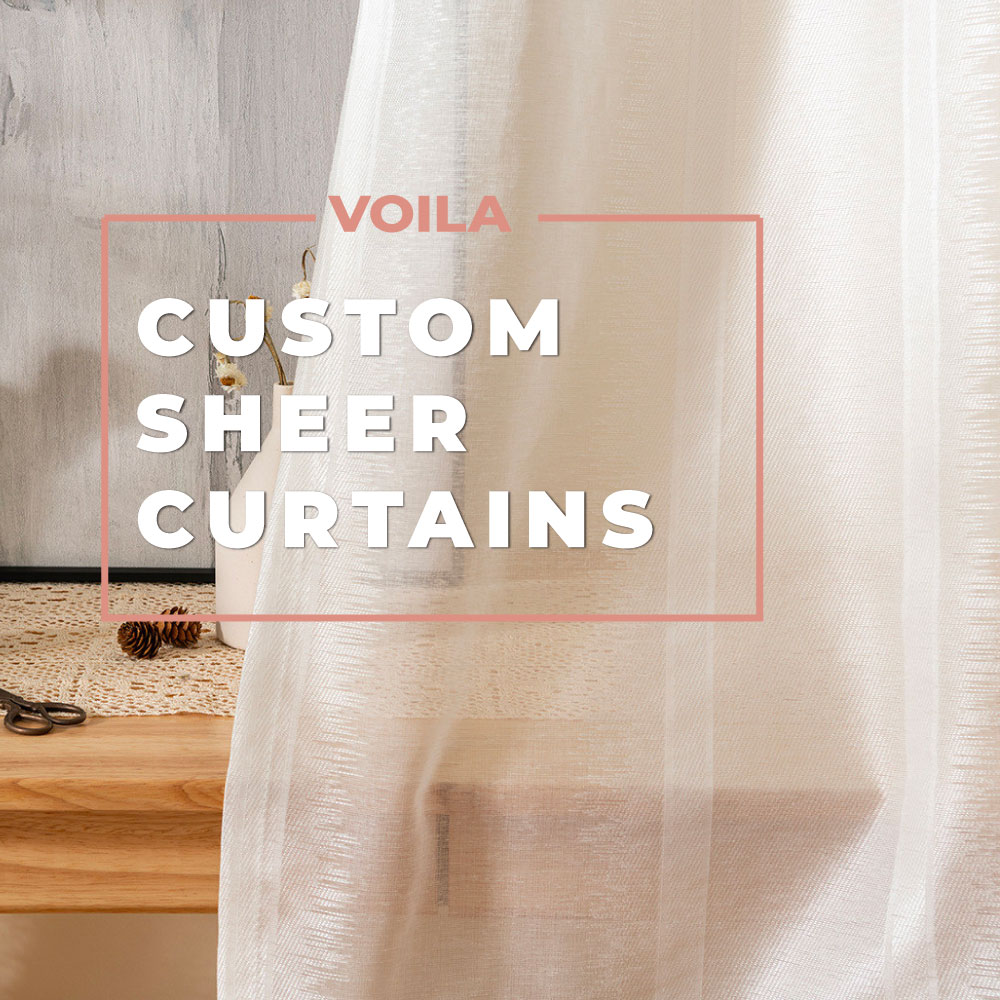Make Your Windows Pop With Embroidered Curtains
Get ready to explore the world of embroidered curtains, where windows don't just open to the world outside but unveil a world of elegance, artistry, and pure serenity within your home. Voila Voile promises to ignite your passion for home decor like never before!
1. Timeless Beauty That Never Fades: Embroidered Drapes
Embroidered curtains and drapes can be a stunning addition to modern and contemporary interiors. In contemporary interiors, where art often takes centre stage, embroidered curtains can be seen as an art form in themselves. They offer a unique artistic statement, showcasing craftsmanship and creativity.
Opting for subtle and monochromatic embroidery on curtains can enhance the overall ambiance of a contemporary space. It provides an understated elegance and sophistication.
2. White Embroidered Curtains: A Gateway to Pure Serenity
Do you long for the serenity of a tranquil oasis in your home? Then feast your eyes on the celestial beauty of white embroidered curtains. These aren't just window dressings; they're a portal to a world of peace and harmony.
3. Linen Curtains with Embroidery: Where Nature Meets Elegance
Linen curtains with embroidery bring together the rustic charm of Mother Nature and the refined elegance of intricate designs. Picture the curtains swaying gently like rustling leaves in the breeze, crafting a captivating masterpiece at your windows.
4. Sheer Beauty Unleashed: Embroidered Sheer Curtains
Imagine opening your eyes every morning to a cloud of cotton that softly filters the sunlight, creating a soothing ambiance in your bedroom. Imagine drawing back a waterfall of lace that reveals a stunning view of nature. How can you resist the allure of these exquisite embroidered curtains?
5. Mix and Match Magic: Embroidered Curtain Panels
Join the ranks of interior design maestros as you explore the world of embroidered curtains and drapes. It's a canvas where you become the artist, combining patterns, colours, and textures to create a living space that's as unique as your imagination.
View More:
Embroidered Sheer Curtains >>













